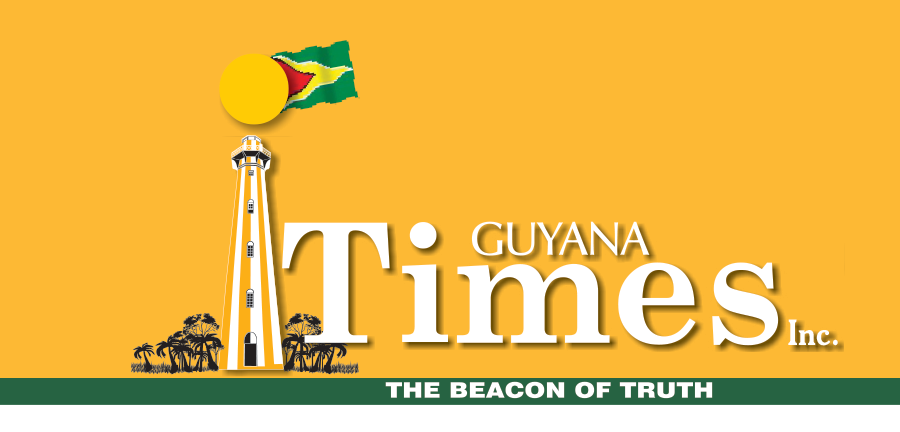
With the Global Biodiversity Alliance (GBA) Summit steadily approaching, Guyana’s status as a carbon sink and biodiversity hub was lauded by former Colombian President Ivan Duque, one of those instrumental behind the summit’s formation.
The summit is billed for next month: from July 23 to 25, 2025. According to Duque in an interview broadcast on the Alliance Podcast, Guyana’s carbon sinking potential is just as powerful as the value of its hydrocarbon resources.
“It’s in the country’s DNA. And it’s also validated by the fact that, this is a country with one of the lowest percentages of deforestation in the Amazon. You have over (85) per cent of the country in tropical forests and this is a carbon sinking country as well. It has the possibility to sink carbon, based on that treasure that is the tropical forest of Guyana.”
“So, as Guyana has been developing and identifying the opportunities in the traditional energy sector – which is very important to give Guyana resources to improve infrastructure, reduce social gaps – at the same time it still is a green super power. So, it shows the right balance between the traditional energy and at the same time, the low carbon development.”
Duque said that in consideration of all of this, he held talks with President Ali on previous visits, and from those discussions came the idea for the GBA Summit.
The former Colombian leader noted that they will be discussing, among other things, market driven, nature-based solutions for countries to be allocated resources that are desperately needed to protect biodiversity.
“I think Guyana is a great showcase and we expect to see guarantees, debt swaps, biodiversity credits and bonds; mechanisms to provide guarantees for local interventions, to be the centre of the discussion. So, we can talk about not only how important and relevant is biodiversity, but how effectively we can provide resources that are in demand,” Duque added.
Already, Guyana is earning massively from its forest carbon. With a tropical forest that takes up 86 per cent of its landmass, Guyana has the second highest percentage of forest cover on earth and one of the lowest deforestation rates. The forest stores 19.5 gigatons of carbon and sequesters more than 153 million tonnes annually.
In December 2022, the Guyana Government signed a historic contract with United States (US)-based Hess Corporation for the sale of 33.7 million of the country’s high-quality certified carbon credits – a deal that saw the nation earning US$750 million for just 30 per cent of its forest carbon.
The Guyana Government had allocated 15 per cent or $4.7 billion towards Amerindian development. But with Guyana earning only US$87.5 million in 2024, a reduction from the US$150 million it received the previous year, it could have meant less money for indigenous communities.
To prevent this, however, President Ali announced last year at the opening of the National Toshaos Conference, an 11 per cent increase in the funds to Amerindian communities. This saw these communities getting 26.5 per cent of 2024’s earnings, amounting to US$23.2 million or $4.84 billion.
Meanwhile, following the 242 Amerindian communities benefitting from the forest carbon funding in 2023, more communities, even those that were not fully indigenous, were seeking to participate in the programme, and as a result, the Government would be injecting another $100 million from the monies earned directly into these additional communities.
In total, the Guyana Government distributed a historic GYD4.778 billion in carbon credit funding for the development of Indigenous communities in 2024, in an initiative spearheaded by the Ministry of Amerindian Affairs with the aim of benefitting hundreds of these communities, including riverine and remote villages.
This funding, part of Guyana’s growing involvement in the global carbon market, serves the dual purposes of addressing local development needs and furthering climate change mitigation efforts. The funds are disbursed through a Village Council system. As per the system, the funds for each village were deposited into a special bank account owned by that village, and the Community Council oversees how the funds are spent. Spending is done in accordance with a sustainable development plan established through local consultations. The funds are spent based on collective decisions made by the village, with a Financial Oversight Committee ensuring proper usage of the funds.
Discover more from Guyana Times
Subscribe to get the latest posts sent to your email.











